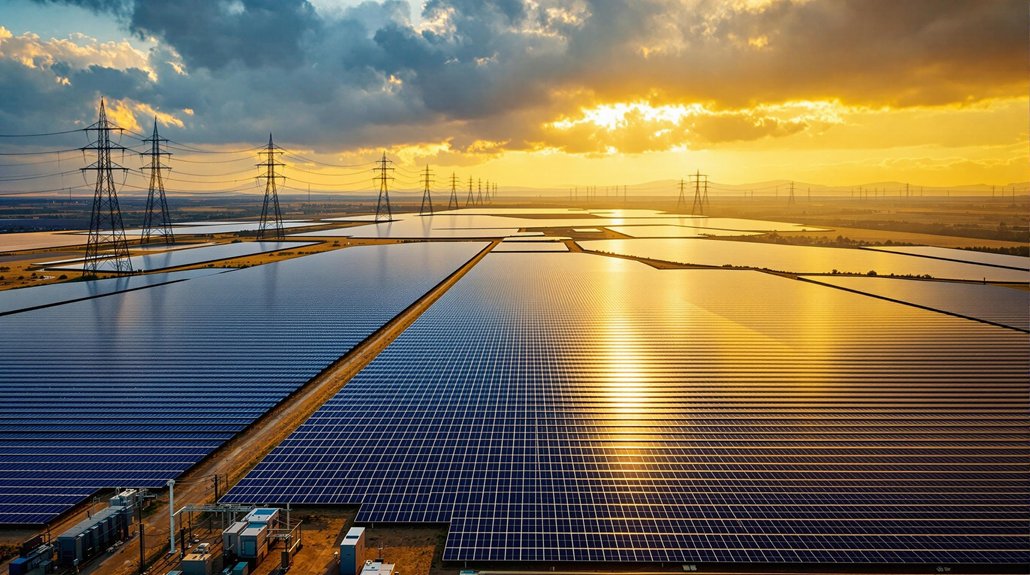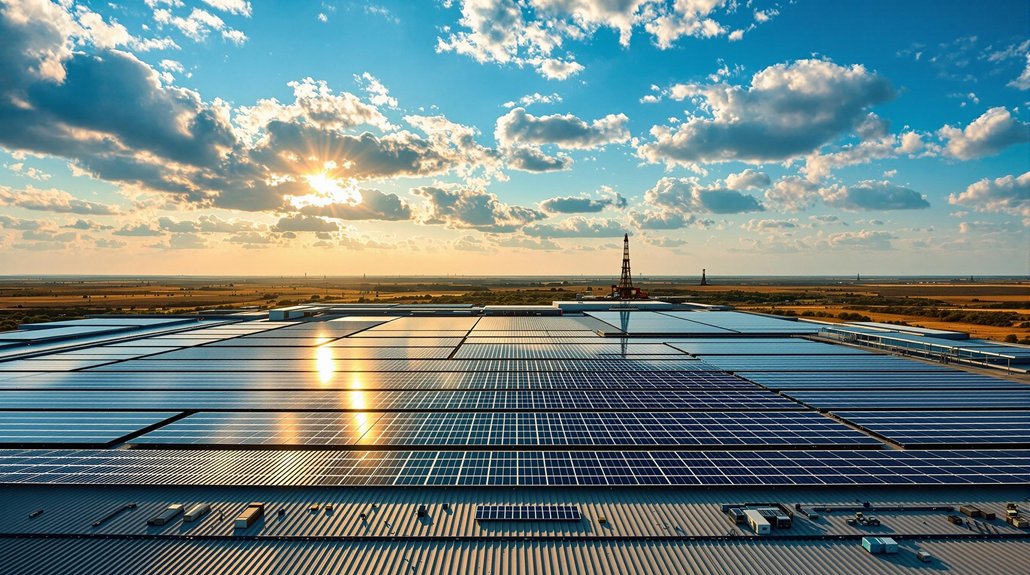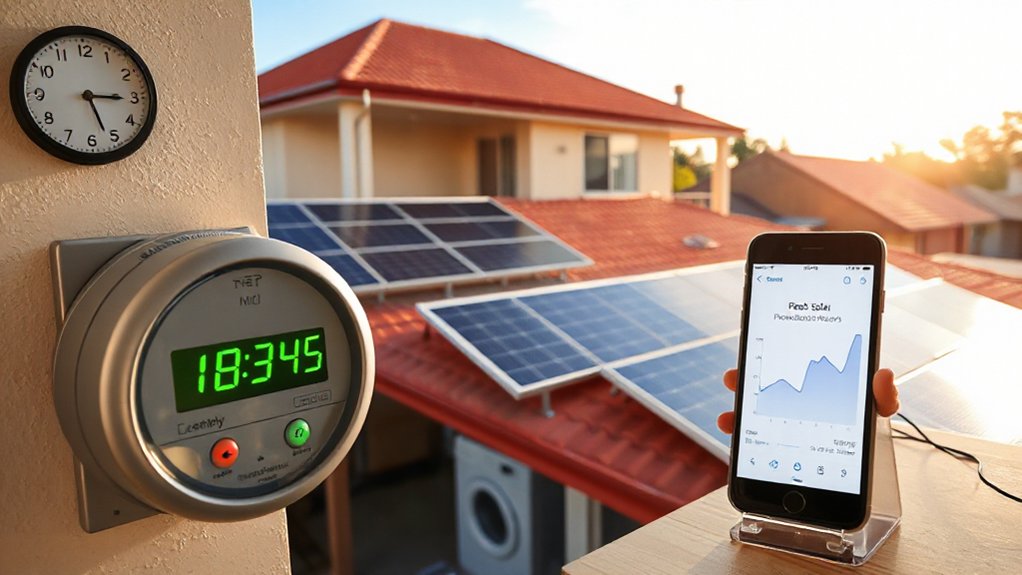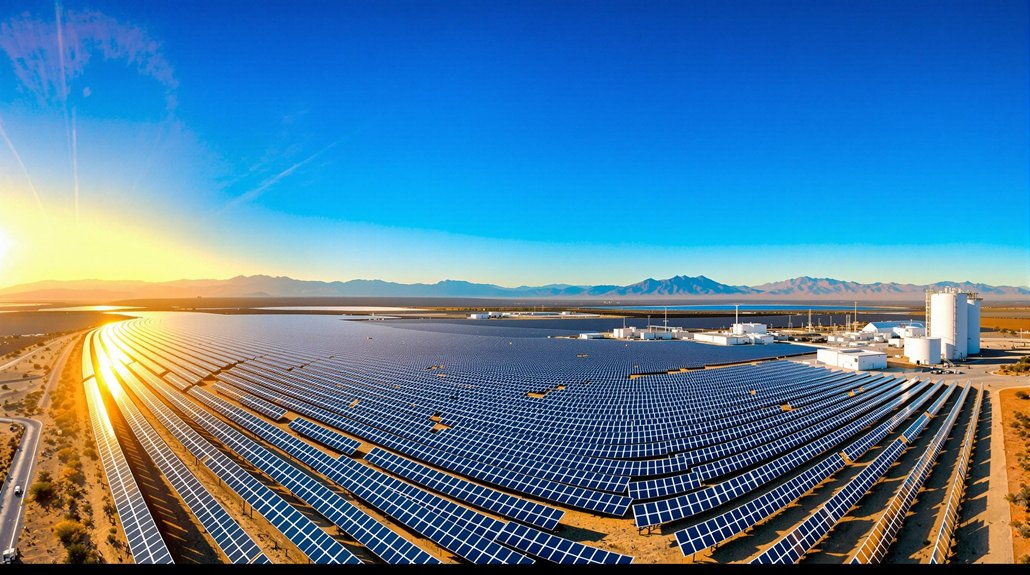The world went solar-crazy in 2024, adding a jaw-dropping 553GW of capacity—30% more than last year. But there’s a problem. Power grids weren’t built for this renewable tsunami. A staggering 93GW of solar capacity sits in limbo, waiting for grid connection. China’s dominating with 60% of installations, while the U.S. ranked second. Grid congestion threatens the whole clean energy party. The infrastructure challenges might just be the real story here.
The global solar industry shattered records in 2024, with a staggering 553 gigawatts of new capacity added worldwide. That’s a 30% jump from 2023. China, of course, dominated the scene, accounting for 60% of all new installations. Because they always do. Total global capacity hit 2.2 terawatts by year’s end – a number that seemed impossible just a few years ago.
The U.S. claimed second place in the solar race, adding 49-50GW of new capacity, a 21% increase from 2023. Solar accounted for 66% of all new generating capacity in America. Utility-scale dominated the landscape with 39.6GW deployed, growing by a third compared to the previous year. Texas led the charge with a massive 11.6GW of new solar. Everything’s bigger in Texas, right?
Residential solar, though? Not so hot. It posted its lowest installation numbers since 2021. But community and commercial solar markets picked up the slack, setting annual records with 35% and 8% growth, respectively. The residential segment faced challenges from elevated interest rates and installer bankruptcies, contributing to its 26% contraction compared to 2023.
Manufacturing exploded in 2024. Global PV module shipments doubled year-over-year. U.S. factories tripled their solar module production to about 7GW. Meanwhile, module imports surged to 55.6GW – an 87% increase. American factories can now produce enough to meet nearly all domestic demand. Talk about supply chain resilience!
But here’s the kicker – grid congestion and interconnection delays are still major headaches. Along with China, the U.S., India, Germany, and Brazil are key solar contributors accounting for three-quarters of all global installations. A whopping 93GW of solar capacity was stuck in line for grid connection in 2024. The grids simply weren’t built for this renewable tsunami. This bottleneck persists despite energy storage solutions helping address solar’s intermittency issues.
Cost trends were mixed. The levelized cost of fixed-axis PV rose 27% to $63/MWh, but solar remains one of the cheapest options for new generation. Analysts project up to 5TW of global PV installed by 2030 and U.S. capacity reaching 739GW by 2035. Ambitious? Maybe. Impossible? We’ll see.









